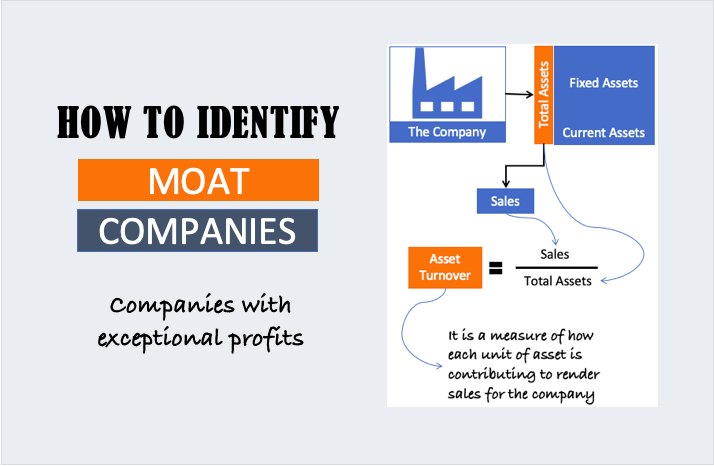The Fast-Moving Consumer Goods (FMCG) sector, one of India’s most stable and essential industries, is currently experiencing a slowdown. Companies like Godrej Consumer Products Ltd (GCPL), Dabur India, Marico, and Adani Wilmar have all reported or hinted at flat sales growth in the third quarter of the financial year. This decline is unusual because FMCG products – like soaps, edible oils, and household goods, are everyday essentials.
Topics:
1. What’s causing this slowdown?
Why are even household brands struggling? Let’s look at some of the possible reported reasons for the slowdown most felt by this sector:
1.1. Rising Inflation and Costs
Inflation, or the continuous rise in prices, has made basic items like vegetable oils, soaps, and food more expensive. For instance, palm oil prices surged by 20-30% year-over-year. This increase affects products like soaps, where palm oil is a critical ingredient. To counteract this, companies have been forced to raise prices or reduce the weight of products (something known as shrinkflation).
Even with these changes, demand has weakened because consumers are buying fewer items or switching to cheaper alternatives.
1.2. Weather-Related Issues
Delayed winters in North India and cyclones in the South have hampered sales of specific products like household insecticides. For example, GCPL noted that these factors slowed down their insecticide business, which makes up a large part of their revenue.
Nature plays a surprisingly big role in FMCG sales because certain seasons directly affect consumption patterns.
1.3. Consumer Spending Pressure
Inflationary pressure on basic commodities like wheat, tea, sugar, and cocoa has forced many people to cut back on spending. According to analysts, non-food categories like home and personal care products are also witnessing low consumption.
The data shows that overall FMCG growth for October 2023 was just 3%, while price increases only accounted for 1-2%. This sluggish demand reflects a cautious consumer mindset.
Even festive seasons and weddings, which usually boost spending, haven’t led to significant growth. This subdued demand suggests that inflation is forcing even middle-class families to prioritize essential expenses.
2. Future Potential of the FMCG Sector in India
Despite the current slowdown, the FMCG sector remains an attractive long-term growth story. Why? Because India is a growth economy, and certain fundamental factors are driving this sector forward.
2.1. Growing Population and Consumption
India’s vast and growing population ensures that the demand for basic consumer goods will remain strong in the long run. The country’s middle class is expanding, and urbanization is increasing.
More people are moving to cities and adopting modern lifestyles, which fuels the need for packaged food, personal care, and household products.
2.2. Rural Market Potential
While urban markets are showing signs of fatigue, rural India still holds immense potential. Government initiatives, improved infrastructure, and rising rural incomes mean that more rural households are adopting branded FMCG products.
Brands that focus on rural distribution, like Dabur and Marico, are well-positioned to benefit from this trend.
2.3. The Role of Weddings and Festivals
Cultural events like weddings and festivals are a massive driver for the FMCG sector. Although the recent wedding season didn’t provide the usual boost, the long-term trend remains positive.
Weddings in India are extravagant affairs where families spend heavily on food, gifts, and personal care products.
2.4. Innovation and Premiumization
Consumers are gradually shifting toward premium products that offer better quality or health benefits. For example, people are choosing healthier cooking oils, organic foods, and specialized personal care items.
Companies that innovate and offer premium products will continue to see growth over time. I think is this is only a temporary lull.
3. Quality Stocks in the FMCG Sector
For long-term investors, FMCG remains one of the safest and most reliable sectors. Companies with strong fundamentals, trusted brands, and extensive distribution networks have the ability to weather economic slowdowns.
Here are a few quality stocks that I believe hold strong long-term potential:
- Hindustan Unilever Ltd (HUL): HUL is a giant in the Indian FMCG market with a diverse portfolio of products like Lifebuoy, Dove, Surf Excel, and Horlicks. The company’s reach, brand power, and ability to adapt to market trends make it a resilient investment. Even during tough times, HUL’s premium product strategy helps it maintain margins.
- Nestlé India: Known for brands like Maggi, Nescafé, and KitKat, Nestlé focuses on the food and nutrition segment. As more Indians opt for packaged and convenience foods, Nestlé stands to benefit. The company’s emphasis on nutrition and health-conscious products aligns with future consumer trends
- Britannia Industries: Britannia is a market leader in biscuits and bakery products. Brands like Good Day, Marie Gold, and NutriChoice are household names. Britannia’s continuous innovation in healthier and premium products keeps it ahead of the competition.
- Dabur India: Dabur is a leader in the ayurvedic and natural products space, with brands like Chyawanprash, Dabur Honey, and Real Juices. The company’s deep rural penetration and focus on health and wellness trends provide a solid growth platform.
Conclusion
If you are investing for the long term, I think you will like my conclusion.
While the FMCG sector is currently experiencing challenges, its long-term growth potential remains intact.
India’s growing economy, rising incomes, and changing lifestyles ensure that demand for consumer goods will continue to rise.
For long-term investors, quality stocks like HUL, Nestlé, Britannia, and Dabur are solid bets. These companies have proven their ability to navigate tough times and are positioned for sustainable growth.
Invest smartly, focus on quality, and remember that slowdowns are often temporary. The future for FMCG in India remains bright.
Look into the Stock Engine to check how these stocks stack against each other in terms of their Overall Score.
If you found this article useful, please share it with fellow investors or leave your thoughts in the comments below!
Have a happy investing.






